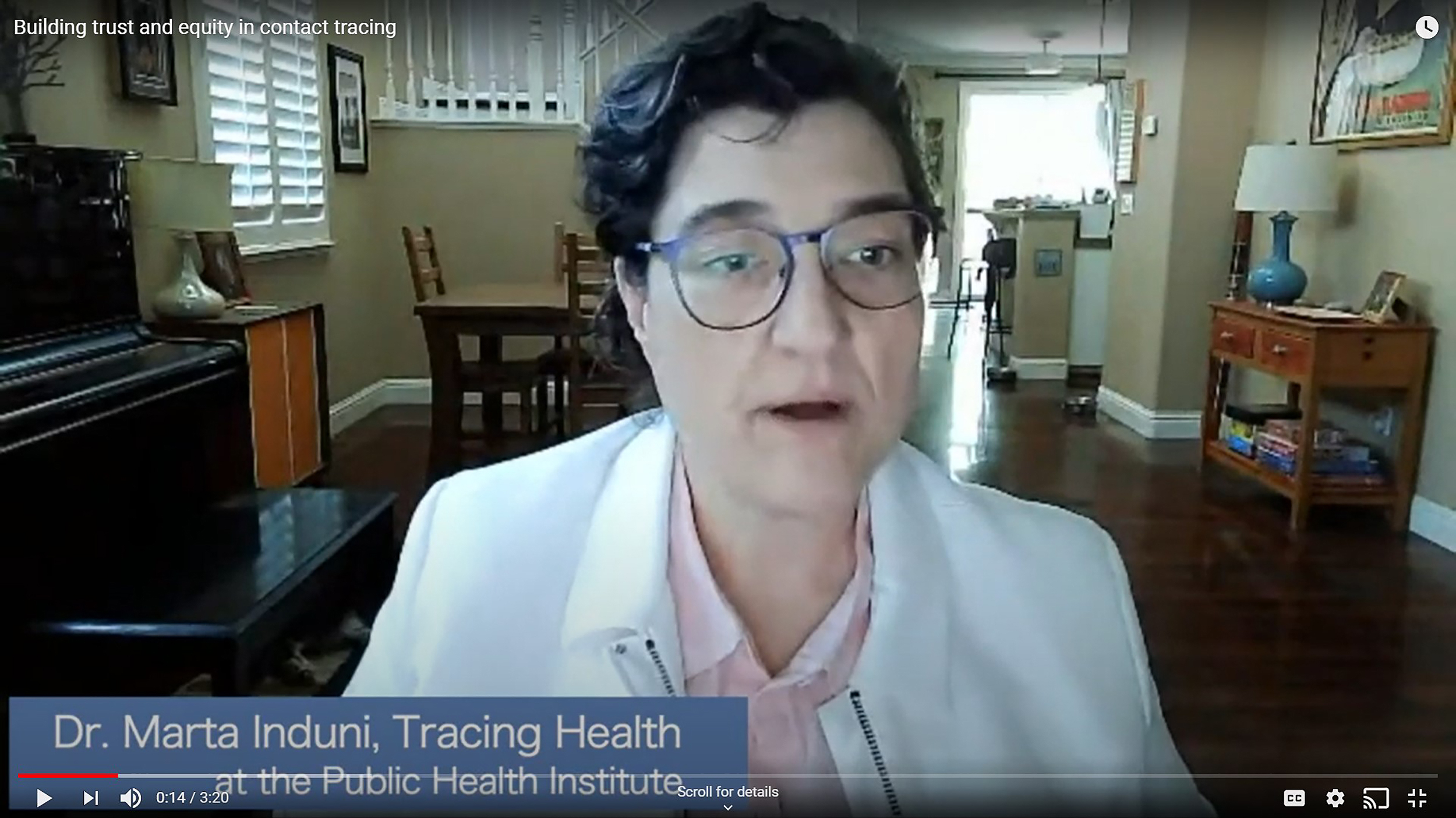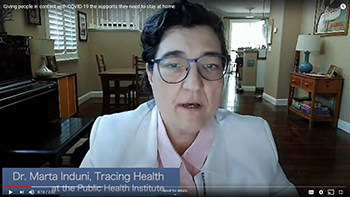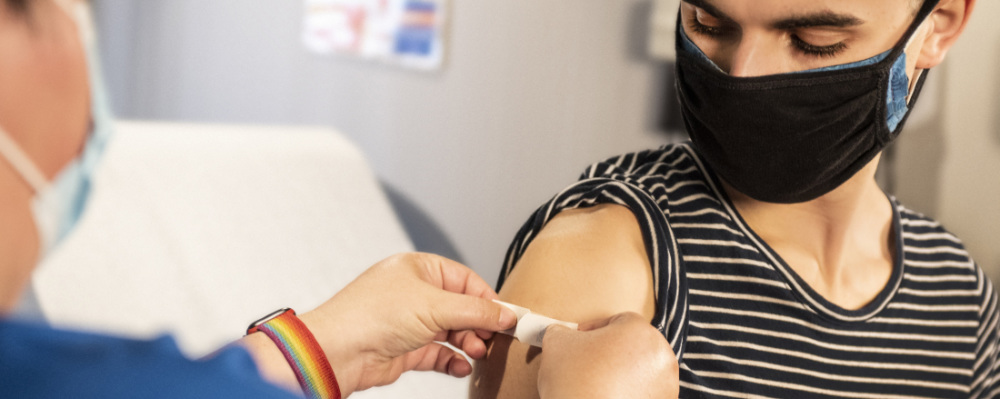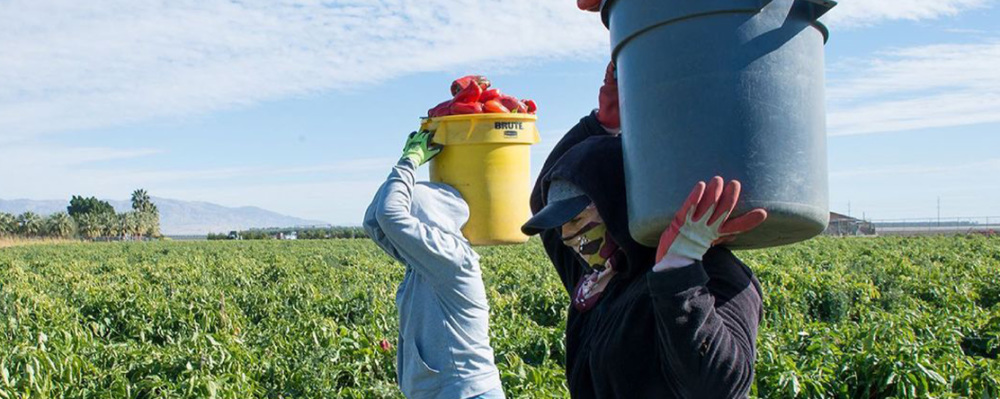
Building trust and equity in contact tracing: Interview with Tracing Health’s Dr. Marta Induni
-
Focus Areas
Communicable Disease Prevention -
Programs
Tracing Health -
Strategic Initiatives
COVID-19
PHI sat down with Dr. Marta Induni, head of PHI’s Tracing Health program—one of the earliest contact tracing initiatives in the country. Below is Part 2 of our discussion with her, lightly edited for context and clarity. See Part I, in which she discusses how it works, how data is used, and how they help people have the supports they need to stay in isolation.
Systemic racism and COVID-19
Marta: We know that a lot of essential workers are black and brown people in our communities. Those jobs not only are riskier, but also often times, either don’t carry health insurance or may not carry appropriate health insurance, sufficient health insurance. So we know that, right away, these are the people that are more at risk, and less likely to get the care they need. Not only that, if you factor in other examples, for example, living in households with multiple people or multifamily households, already you are talking about more of a likelihood of spreading the virus. They might live in congregate housing, multi-families, or with multiple other people— California is very expensive to live in, so people have to live in multifamily households. All these are environmental risk factors. And so when we do talk about, for example, the Hispanic community in California, they make up 39% of the California population, but they represent over 50% of the people getting sick from COVID-19, and right there, that disparity tells you that that’s a function of systemic and environmental racism, and those inequities that happen are just played out in the public health realm.
To some extent, contact tracing can interrupt systemic racism and some inequalities as far as risk, exposure, healthcare access. You know when we do call households and we ask them ‘how can we support you in your quarantine?’ We are asking them what do they need? For households that might be food insecure, they are at a greater risk of hunger, so we are trying to interrupt that by being there as a social support for them.
COVID-19 has brought out a lot of these issues to light in a way that maybe public health professionals talked about, but I think it’s become much more of a global conversation now and I’m really glad to be part of his movement where we can support people and try to battle some of that systemic inequality and systemic racism.
Building Equity through Workforce Development
A lot of the workforce development that was important to us was to address these disparities. By hiring people that are multicultural, multilingual we’ve been able to actually employ and develop a lot of people that look like the people that are getting sick. And so, for example, over half of our contact tracers speak Spanish. Right there that’s a huge proportion that we feel like we are representing those communities very well.
We started with one county, Washington County actually in Oregon, where the county had very specific guidelines. They wanted us to work with community-based organizations, not just for recruitment of personnel, but also as part of the whole process for resource coordination. In partnership with the Oregon Public Health Institute, they helped us recruit from communities and cultures that actually not just reflected Washington County, but also reflected the people of Washington County that were actually getting sick. As we know, people of color, Black and Brown people are disproportionately affected by corona virus and COVID-19, and so we built up a program that is multilingual, multicultural, and I was really impressed by the way the community came together to push us. Also, they wanted to make sure that we were being equitable in hiring and that we had the correct [hiring] language to hire people that maybe we wouldn’t traditionally hire. So for example, instead of requiring a high school diploma, we might require a high school diploma or a community health worker certification. We were able to get a lot of people that were already working in the community to apply for these important roles.
Trust
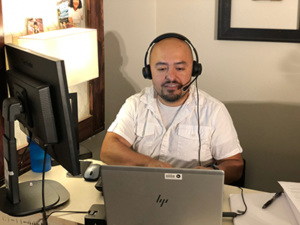
We worked on an outbreak in a food processing facility, and a lot of those workers were monolingual Spanish speakers. We have a multicultural, multilingual workforce and so we were able to talk to them in their language, and we were able to garner that trust right off the bat because we spoke their language. We were able to set their minds at ease right away and I think that’s a real important piece of the contact tracing, is building rapport with people, especially people who are mistrustful, and you know, let’s face it there’s a lot of misinformation out there that we are trying to battle. There’s even been some scams that people posing as contact tracers, and all that hurts the community, that hurts sick people and essentially it’s what we are battling and so building that trust, we don’t care if we are talking to people in prison. We don’t care if we are talking to undocumented people. We are just concerned about people’s wellbeing and we are asking them to isolate or quarantine.
“One thing we’ve done that is really basic, for people where they don’t want to give us a phone number, we provide a phone number where they can call us and give us their information. That way, we don’t know their phone number. We don’t have their contact information. That’s actually proven to be a really good method to get people to participate.”
Hear Marta discuss data confidentiality and privacy in Part 1 of this series
Contact tracing, at its core, is about trust and it’s about trusting the contact tracers to give the right information to people who are sick, people who are quarantined. It’s about building trust with those people who may feel stigmatized. You know there is a lot of politicization around being sick, and so what we try to do is really, a part that we have no judgment, we just really want to help people, particularly if they do end up developing symptoms, right? So if we’ve asked someone to quarantine, and then a few days later, they develop symptoms, we already have that relationship where we can encourage them to go to their doctor, encourage them maybe to get a test to see if they test positive for coronavirus, so trust is there in the relationship building.
Success
I can tell you that we’ve worked with several employers now, employers where, perhaps, their factory or workforce was sent home, the factory was shutdown, the plant shutdown, and they don’t have any employees for 2 weeks because of an outbreak. Actually, for one of our first jobs, which I mentioned earlier—before we were even up and on the phone—we were asked to help with an outbreak in a fruit processing plant. 90% of those individuals were Spanish-speaking and we had 100% of our workforce at that time, the 21 people we hired, were all bilingual and Spanish-speaking. We were able to talk to 200 people about their symptoms, about their quarantine, and eventually, we were able to release them, after they met their conditions. Release them, close their cases, and they were able to go back to work. And that was an example where the community, where the county, worked closely with the private employer also worked with us and we were all able to work towards one goal of getting their people cleared for work, but making sure they are safe, and making sure they are using new precautions where they do get back to work. So I consider that a real success.
Other successes, are really more sort of day-to-day where you talk to someone who is mistrusting you or doesn’t believe what you are saying is important and then after just a few moments of reasoned conversation, they turn around and they say they agree to quarantine, for example, ‘okay, send me my groceries and I’ll quarantine for two weeks’, that kind of thing. So those are more understated successes, but I think that’s particularly meaningful and satisfying, when you can help someone make those positive decisions.
We have talked to thousands of people about their quarantine. We talked to hundreds who have been sick, and our metrics really show that we are starting to reach almost 100% of what’s required to help communities open up and help counties really understand that people are taking this seriously, and not only doing the quarantine precautions, but then when people are released from quarantine, we really, we try to send a message of encouragement, to wear your mask, wash your hands. If your employer asks you to do a certain safety procedure, follow that procedure, so I like to think that we have really flattened the curve in the communities we are present in.
What would it take to make contact tracing successful? Well, I would love to say if everyone quarantined, that we asked to quarantine, everyone isolated. We really could go backwards on the rates of the illness. What’s it going to take, I think it’s going to take that openness, and also the ability to ask for help, when we need it, so, “Yes, I’d like to quarantine, I need help taking care of my elderly mom,” and “What is that help going to look like?” and “I’m open to accepting that from someone else.” There are so many people, I have to say, that have reached out to me and asked, how can I help?, what can I do?. Maybe they don’t want to be a contact tracer, but they want to run out and be able to get, for example, an elderly neighbor, they want to get them their prescription, things like that and so contact tracing, it’s a community effort, there’s a piece for us in the contact tracing world, but there’s a piece that the community can play and as an individual, we play a really important piece in following the guidelines. These are age-old guidelines. The so-called Spanish-flu of 100 years ago people were saying the same thing: wear a mask, keep your distance. All these sorts of pretty easy precautions [existed] around 100 years ago. It’s age-old science, and it works. So I encourage people to follow those recommendations.
Work With Us
You change the world. We do the rest. Explore fiscal sponsorship at PHI.
Support Us
Together, we can accelerate our response to public health’s most critical issues.
Find Employment
Begin your career at the Public Health Institute.
